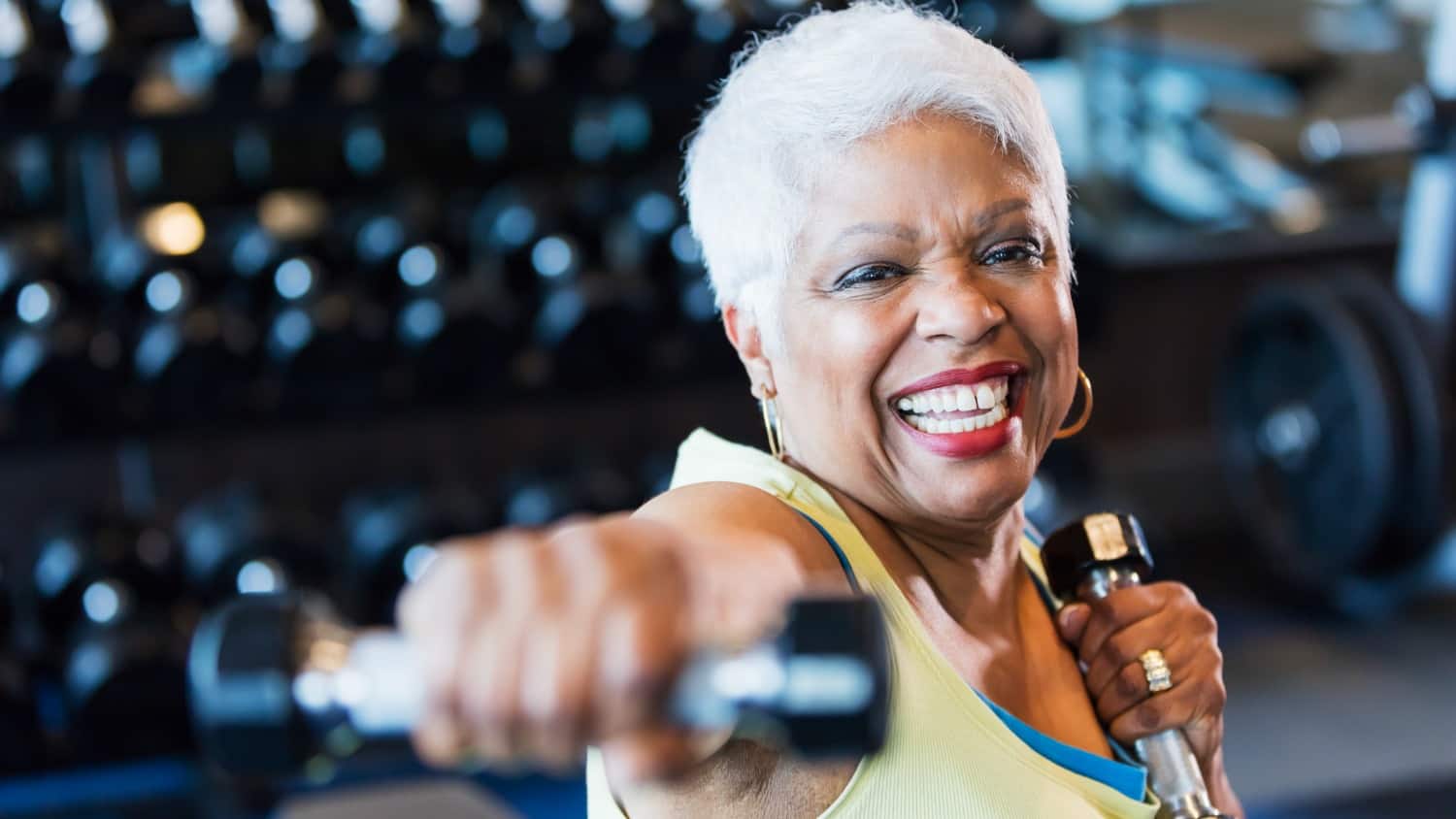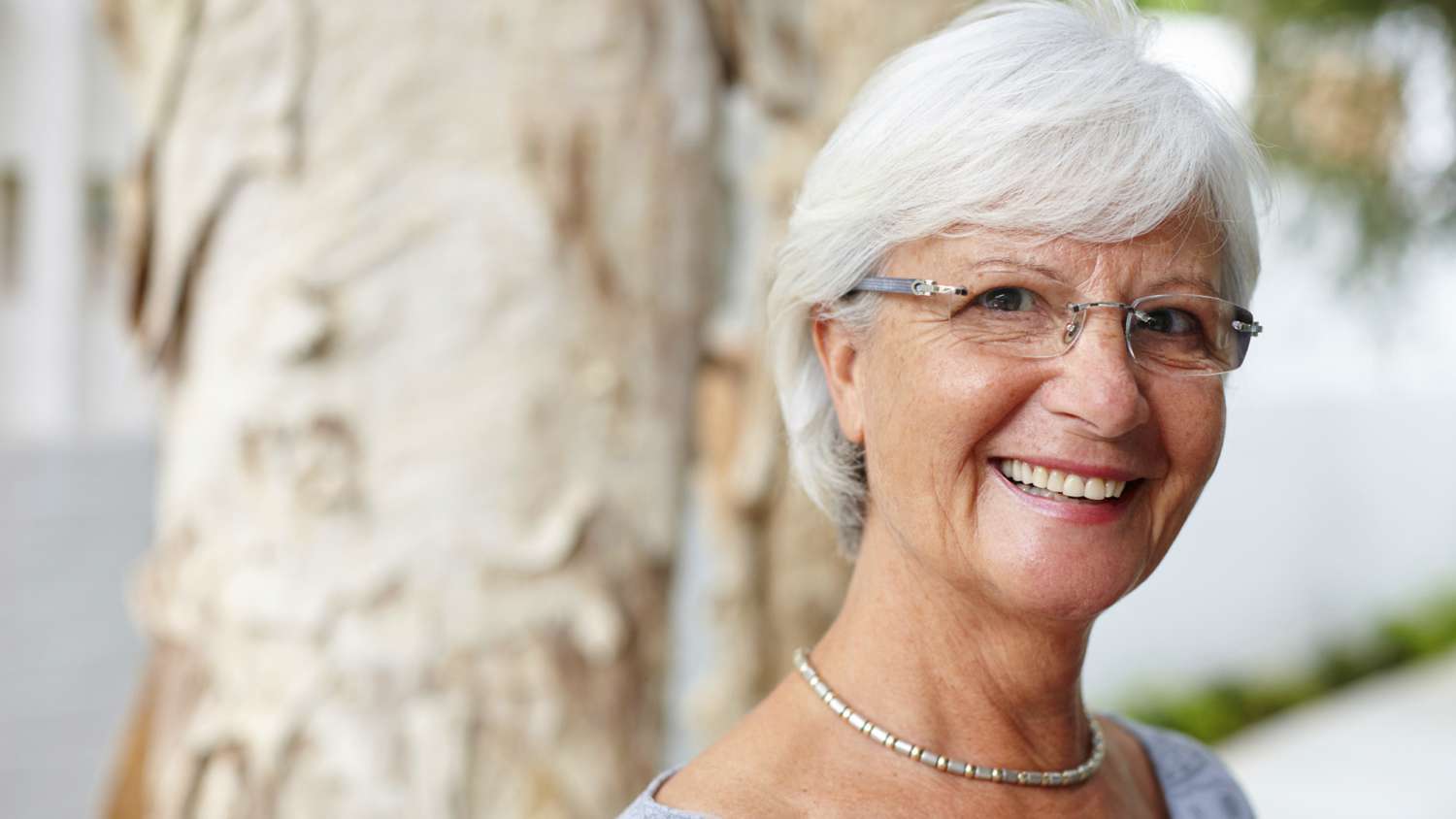
Osteoporosis: 3 Natural Ways for Better Bone Health
When I received the results of my recent bone scan it wasn’t good news. I’ve always been physically active, but I am slightly built, a major risk factor for osteoporosis.
While drugs are effective for some, side effects are severe for others. At 65 years young, the researcher in me immediately started searching for some natural alternatives to pharmaceuticals.
I learnt a great deal about osteoporosis and natural therapies – information that surprised and inspired me.
A Plant That Sets Bones?
Cissus Quadrangularis (CQ) is a succulent perennial herb, growing in many of the world’s tropical regions. Different parts of the plant are utilised as herbal remedy in traditional Ayurvedic medicine to treat a range of conditions. These include healing fractures and strengthening bones.
Not surprisingly, the English translation of CQ is bone setter plant.
Recent research is investigating the viability of using CQ as a therapy for western disorders, including osteoporosis. As osteoporosis is a major public health concern, any natural supplement that could improve bone health without adverse side effects is of great interest.
CQ contains high levels of calcium and phosphorous in the stem. Both these minerals are essential for bone growth.
A systematic review (considered the gold star of research studies) has summarised the findings and quality of existing research, and found that CQ could accelerate bone healing with certain fractures.
However, before you rush out to buy the powder or try CQ, be aware that as yet little effort has been made to assess its purity, efficacy and quality through scientific screening.
To date, it appears safe for short term use (1-10 weeks), but there’s limited data on long term safety.
High Intensity Loading Exercise for People with Osteoporosis?
Keeping bones healthy requires the right sort of exercise. While I was aware of this aspect, I hadn’t realised that yoga (even advanced Asana practice) and walking are both low intensity exercise. They’re not sufficient for building bone.
New exciting research at Griffith University in Australia counters previously accepted wisdom in finding that high intensity loading can be safe and effective, even for people with Osteoporosis
The important point to note is that given an increased risk of fractures, the specialised Onero Program for osteoporosis developed from this research must be supervised under the right conditions with a physiotherapist or exercise physiologist.
Ongoing data collection suggests the program increases bone mass with results showing that 86% of participants increased bone at the lumbar spine and 69% at the hips.
Popeye the Sailor Man Was Wrong About Spinach
Do you remember the cartoon character Popeye the sailor man? The tough spinach eating sailor encouraging children to eat up their spinach to have super strength.
Yes, it’s true spinach contains many nutrients and high levels of calcium. But it’s also high in Oxalates. As Oxalates bind to minerals like calcium, they can prevent calcium absorption in the digestive tract.
So, it’s best not to rely on spinach in a daily calcium count, since most of it won’t be absorbed by the body, especially in the raw uncooked form. The evidence suggests that the Oxalate content can be lowered if the Spinach is cut into 1cm pieces, then cooked in boiling water for two minutes with the juice squeezed out before eating.
Disclaimer: This article is not intended to provide medical advice. Please consult your doctor and other practitioners for specific advice.
Let’s Have a Conversation:
Have you had a diagnosis of low bone density? What treatments are you using? What are you finding works best? Have you tried any natural therapies? Do you use high intensity loading? Perhaps you’ve tried other solutions? Please join the conversation and share your experiences.







my doctor is recommending prolia but I can’t do the side effects…natural ways to increase bone strength are how I want to proceed…any info on that most welcomed…or on Prolia effects..my dentist says no…
The bone density in my spine increased by 14.5% after two years on the Onero strength Program. It’s also important to look at diet to make sure you’re getting enough calcium plus Vitamin D. A book I found informative is Dr Lani – Bone Health Guide
Great article. I’m a health and wellness specialist and would like to offer some suggestions for building bone health https://www.wellnessandyou.com/blog/2017/5/10/worried-about-osteoporosis-eat-these-foods?rq=osteoporosis
I requested a bone scan recently as I am 62 and have been post menopausal for 17 years now.
My bone density was good, but I was told I have osteopenia in one hip and this is reversible.
The hospital consultant prescribed calcium tablets and Vit D3. I was also told to eat high protein Skyr type yoghurt as opposed to my regular thick Greek yoghurt and to drink mineral water with a high calcium salts content.
Exercise wise I walk everywhere and do gentle yoga, but the doctor recommended going beyond this to build bone so I plan to join a local gym in autumn.
As suggested in this article, being fat prevents osteoporosis. This is one of several reasons why dieting later in life is a bad idea.
At last…an advantage to extra pounds!
Okay. Building muscle rather than dieting is better to look slimmer:)
I am turning 65 this year and I am concern about this since my mom who is in her 80s now complains every day how hard it is to wake up to pain and has to take Tylenol for her arthritis:(. I have recently started seeing a personal trainer to help me strengthen my shoulders and legs and after two sessions have found such a difference!